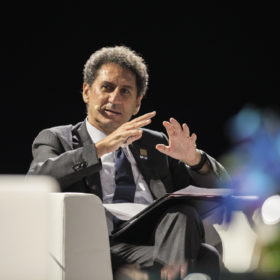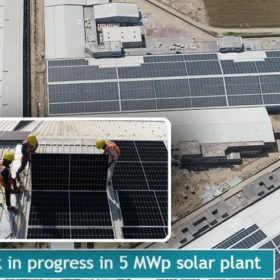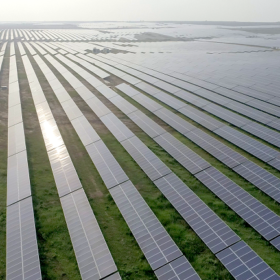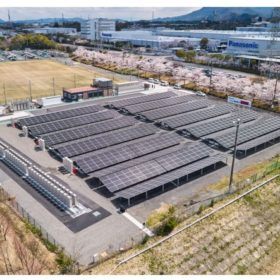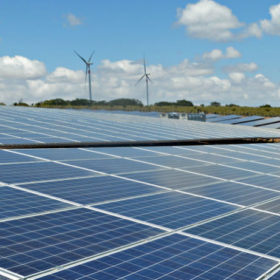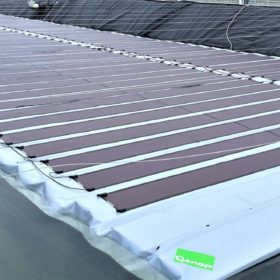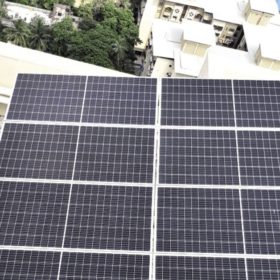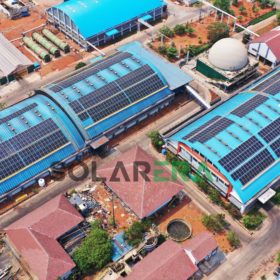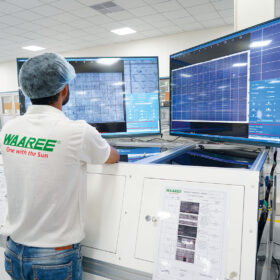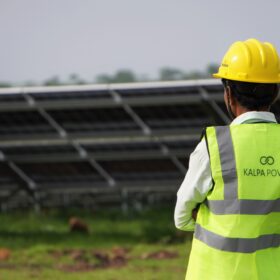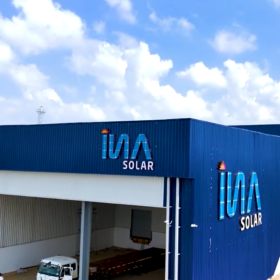Irena fleshes out chilling effect of Covid on off-grid solar
The clean power numbers published annually by the International Renewable Energy Agency provide a snapshot of the global solar market and, this year, a lot of figures were unchanged from the previous dataset, especially in the off-grid segment.
Punjab-based textile manufacturer goes solar with a 5 MWp rooftop PV plant
Punjab-based ST Cottex India is getting a 5 MWp rooftop solar plant installed at its yarn manufacturing unit in Ludhiana. Mumbai-based EPC solutions provider Roofsol Energy is doing the ‘OPEX’ mode installation.
Madhya Pradesh renewable energy capacity grew 32-fold in 12 years
The State has reached 5,152 MW of installed renewable energy capacity, including 2,444 MW of wind, 2,490 MW solar, 119 MW biomass, and 99 MW small hydropower.
Panasonic combines fuel cells, batteries, PV to power factory in Japan
Japan’s Panasonic claims its new pilot solar-plus-hydrogen facility marks the first attempt to create a factory powered by 100% renewables, via the full-scale use of hydrogen.
Smarten launches 2.4kW hybrid solar PCU for off-grid applications
Smarten today unveiled the Superb 3050 hybrid solar power conditioning unit (PCU) for off-grid applications. This 2.4kW product is priced at INR 19,999.
JSW Energy switches on a 225MW solar plant in Karnataka
The private-sector producer has announced its 225MW solar plant for JSW Steel under group captive scheme is now operational.
Lightweight solar for agricultural water reservoirs
The Genap Energy Cover uses HyET Solar Powerfoil thin-film solar modules, rated at 12.0% efficiency, for agricultural water storage and reservoirs, with an initial focus on the greenhouse and horticulture markets in the Netherlands. Genap said a 12kWp test setup had a generation density of 60W/m2, rising to 120W/m2 within a year, with an eventual target of 165W/m2.
India may miss 2022 solar target of 100GW by 27%
A new report by JMK Research and the Institute for Energy Economics and Financial Analysis (IEEFA) says India is likely to miss its ‘100GW by 2022’ solar target by about 27GW, mainly due to the underwhelming growth of rooftop solar. While utility-scale solar is on track to achieve nearly 97% of the 60GW installed capacity targeted by 2022, rooftop solar will be 25GW short of the 40GW mark.
E-waste consultancy gets a rooftop solar plant
Pune-based SolarEra Green Renewables has installed a 500kWp rooftop solar plant for Hindustan Waste Treatment. The plant uses 912 numbers of 550Wp mono PERC half-cut modules from Trina Solar.
APAC to lead global battery storage market, clock 68% share by 2026
The global battery energy storage market will grow to $10.84 billion in 2026, with around two-thirds of the demand concentrated in the Asia Pacific region.
